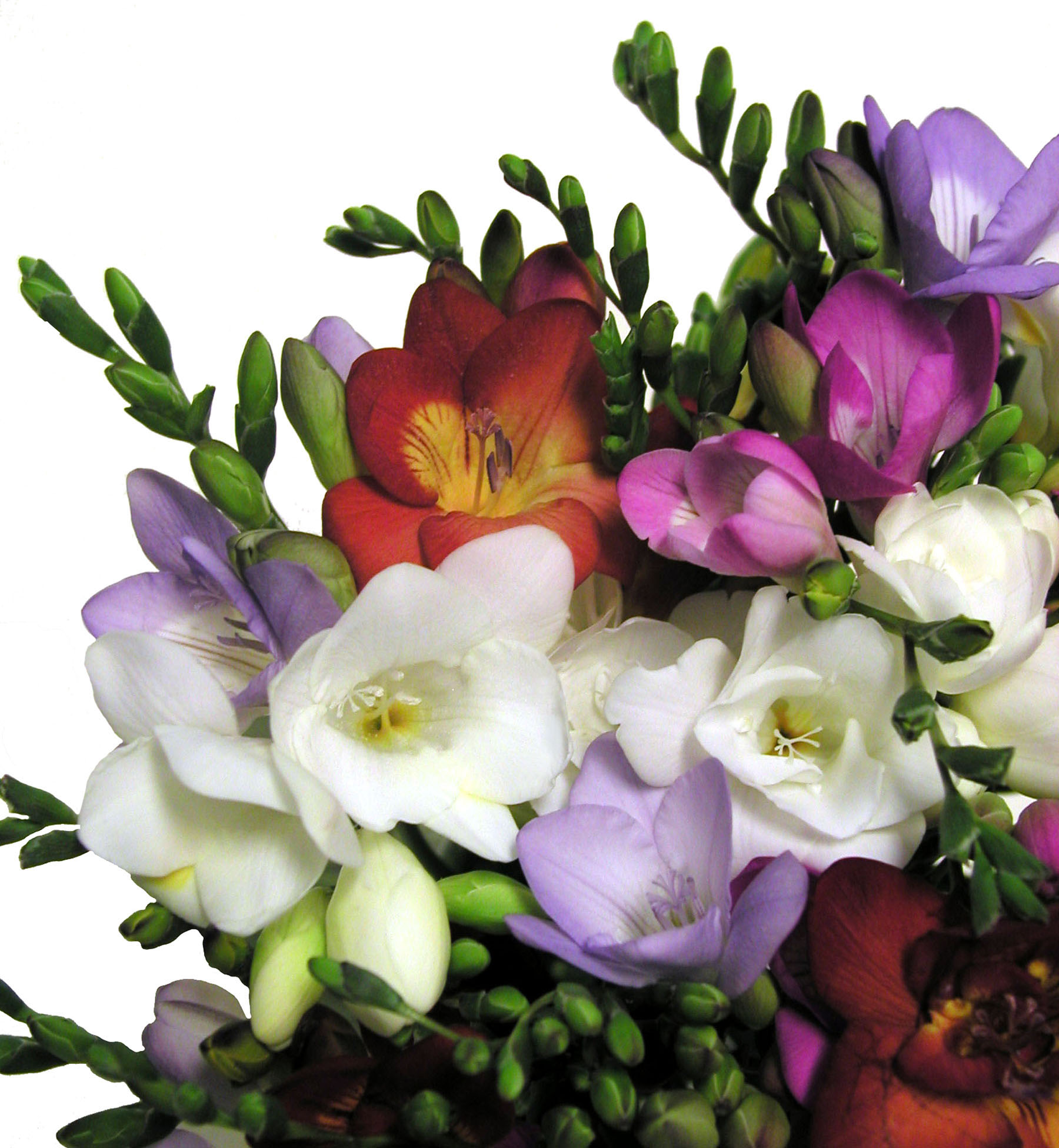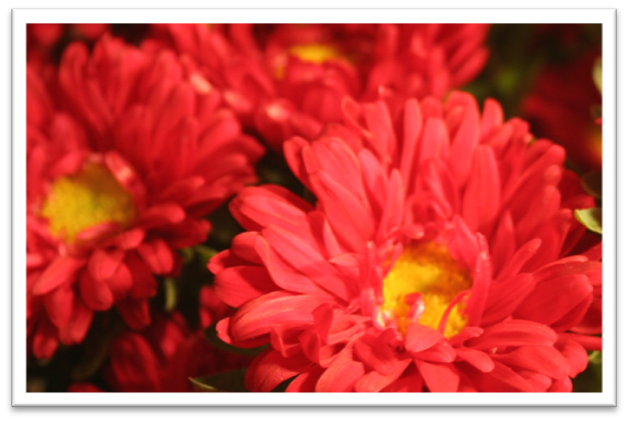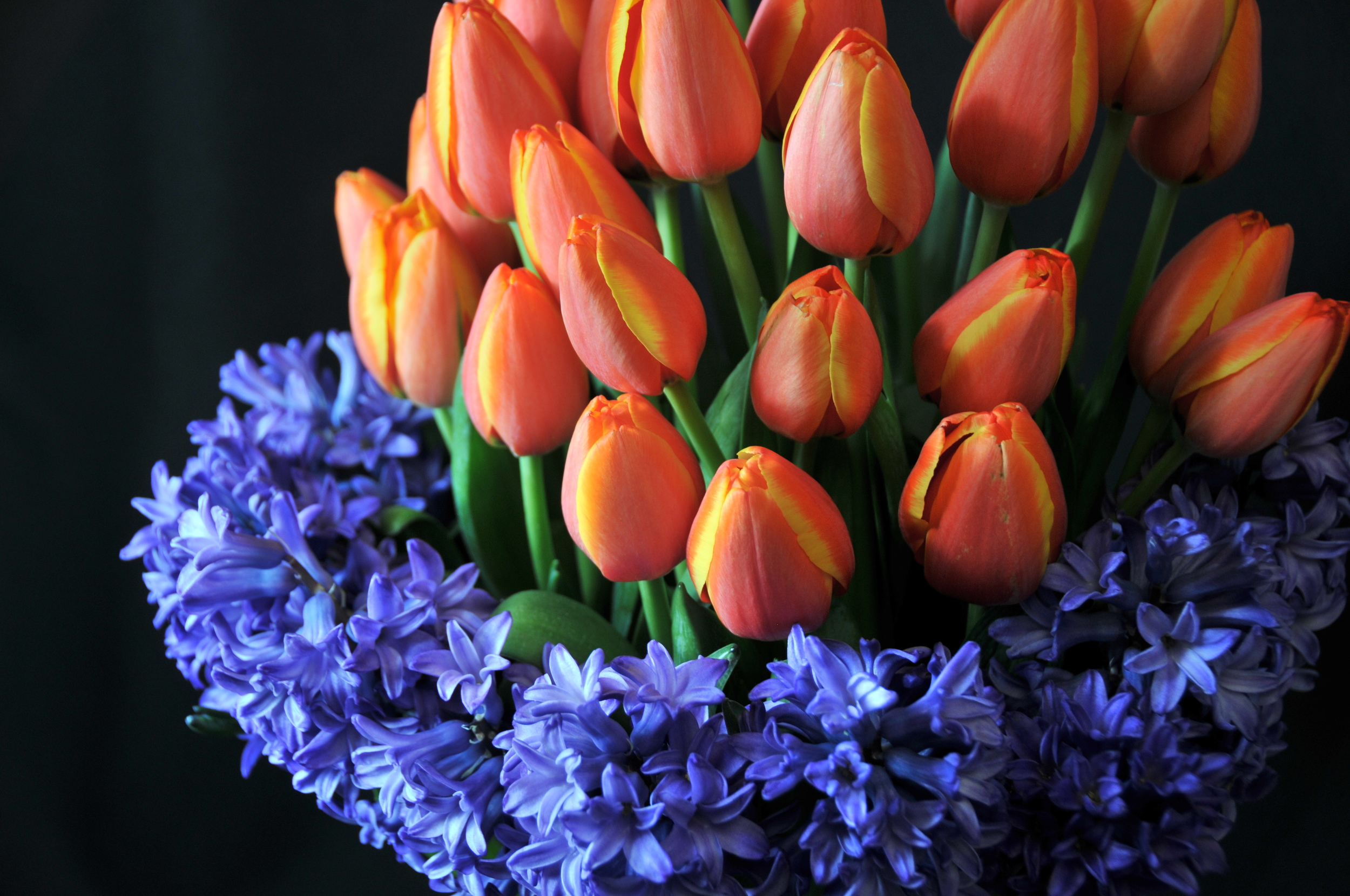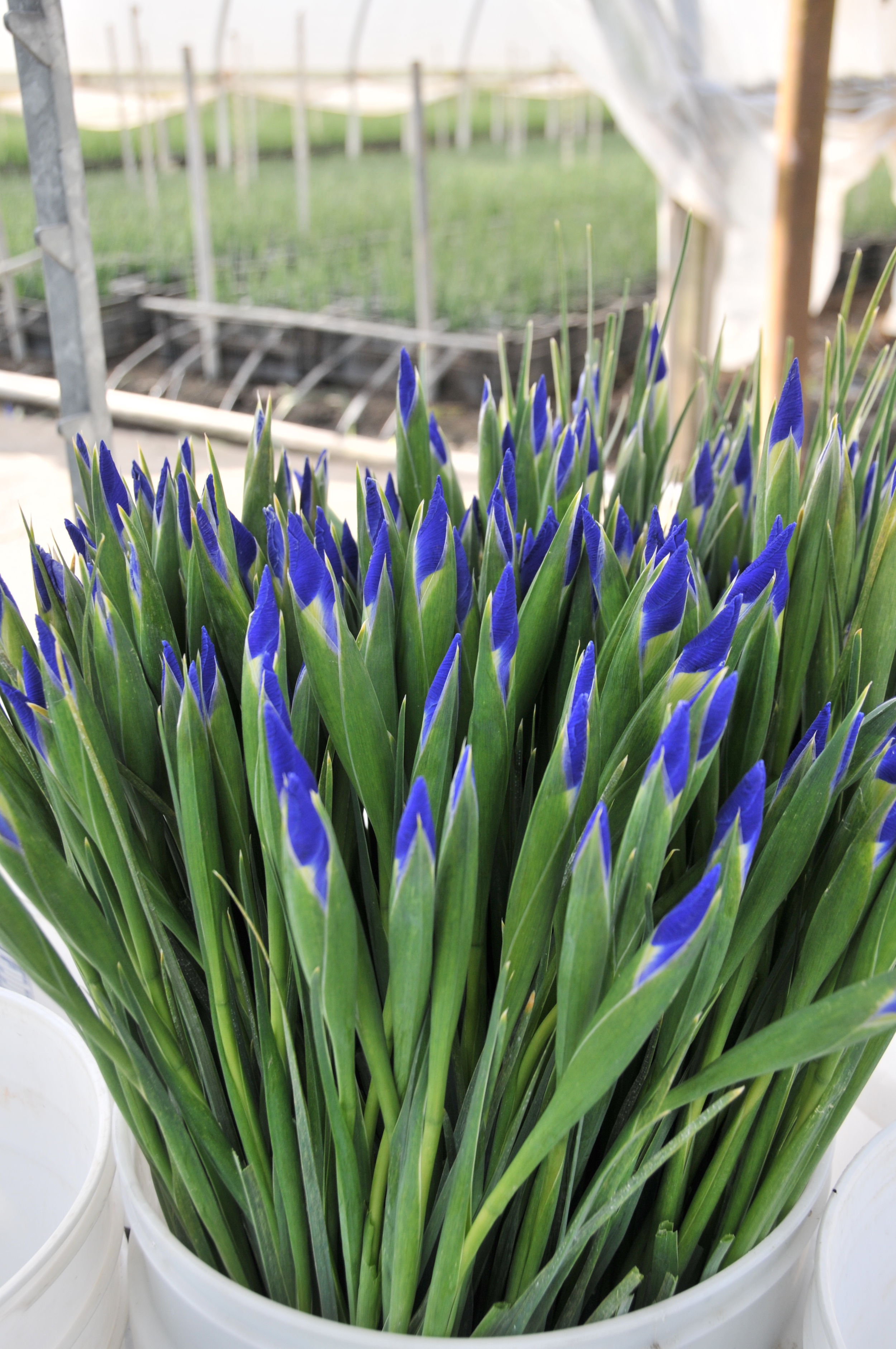Rosehips: the plant of a million uses. Well, maybe not a million, but its reputation as a great source of Vitamin C precedes it by centuries with ancient and modern use in tinctures, jellies, wine, and more. Take a walk down your local grocery tea aisle and you'll be sure to find some herbal rosehip tea.
However, rosehips are not just for flavoring foods, they are also for spicing up bouquets.
So what exactly is a rosehip? Is it a rose or isn't it? Scientifically speaking, the rosehip is the swollen ovary that contains the rose seeds. It is the "fruit" of the rose. If you cut open a rosehip you will find it is full of reproductive seeds.
Rosehips develop on wild roses as the petals drop off. These wild roses may not look like the "traditional" roses you are accustomed to, but they are indeed classified as roses. These species of Rosa are specifically bred to create big, beautiful hips, which is why the regular rosebushes about town will not produce anything quite like them.
Rose hip flowers being pollinated
In order for the seed pod (the hip!) to form, the flowers must first be pollinated. This usually happens during late spring and summer when the flowers are blooming and the bees are buzzing.
When summer turns into autumn, the rosehip harvest can begin. They can be harvested as early as August and as late as Christmas, and the month of harvest determines the color of the berry. Early in the season, they start out green; as they progress, they begin to resemble Fuji apples--partially green with reddish swirls; then they develop a beautiful reddish-orange hue and finally, a saturated cherry red. It's almost as if they know what colors are fashionable per season and act accordingly!
Once cut, rosehips can keep their color, shape and luminosity for several weeks. Design wise, rosehips are extremely versatile and fit into the fall and winter color palette perfectly. You can see how they add texture and a punch of focal color to the arrangements pictured here.


































